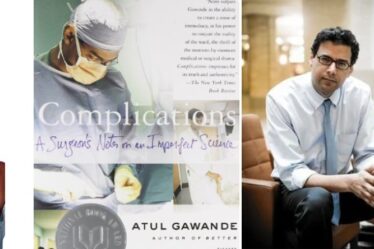When Gandhiji was assassinated in January 1948, the world Dr. Sushila Nayar had built her life around collapsed. She was just 33. In the chaos that followed, she threw herself into relief work—rescuing abducted women from the violence of riot-torn Punjab.
Something inside her had broken. She had lost Bapu. And with him, the compass that had guided her.
She told herself she needed to start again. Away from grief, away from memory. In Delhi, while caring for Sardar Patel after his heart attack, she confessed her desire to return to medicine. Patel listened quietly. Soon after, Nehru visited and urged her to go abroad. A UN scholarship followed, and by June, she was on a flight to New York.
She moved from one American city to another, studying hospitals and public health systems. In October 1948, she arrived at Johns Hopkins, intending to specialize in cardiology. But something didn’t feel right. One day, a WHO officer asked her, “Don’t you think your country needs public health more than more doctors?”
The question pierced her. It sounded like Bapu. He had once said to her, “Let the sick die—if you can tell me how to prevent others from falling ill.” That night, she changed course. No more cardiology. She enrolled in the School of Public Health, earning her MPH in 1949, and her DrPH in 1950.
In between, she spoke across America on peace and nonviolence, saving just enough money to see Europe before returning home.
On October 1, 1950, just past midnight, she stepped back onto Indian soil. A telegram was waiting: Sardar Patel wanted her in Indore. She flew out at dawn.
They met one final time. “What do you want to do now?” he asked.
“I want to build a children’s hospital,” she said, “so good that families from both India and Pakistan will come. A hospital that becomes a bridge.”
“Speak to Dr. Jivraj Mehta,” Patel said. “I’ll help.”
But help would not come. Patel died two months later- on December 15. And with him, the dream.
Had he lived longer, perhaps that hospital would have risen—a centre for mothers and children, a bridge between India and Pakistan. If it had succeeded, Sushila Nayar might have devoted her life to it, anchoring herself to that vision. And in that case, MGIMS may never have been born.
But history doesn’t run on what-ifs. It runs on what remains after dreams are interrupted.
And for Sushila Nayar, the story was far from over.

Deyda was a dearest freind. I miss him terribly. Prof kalantri thank you for your wonderful article.